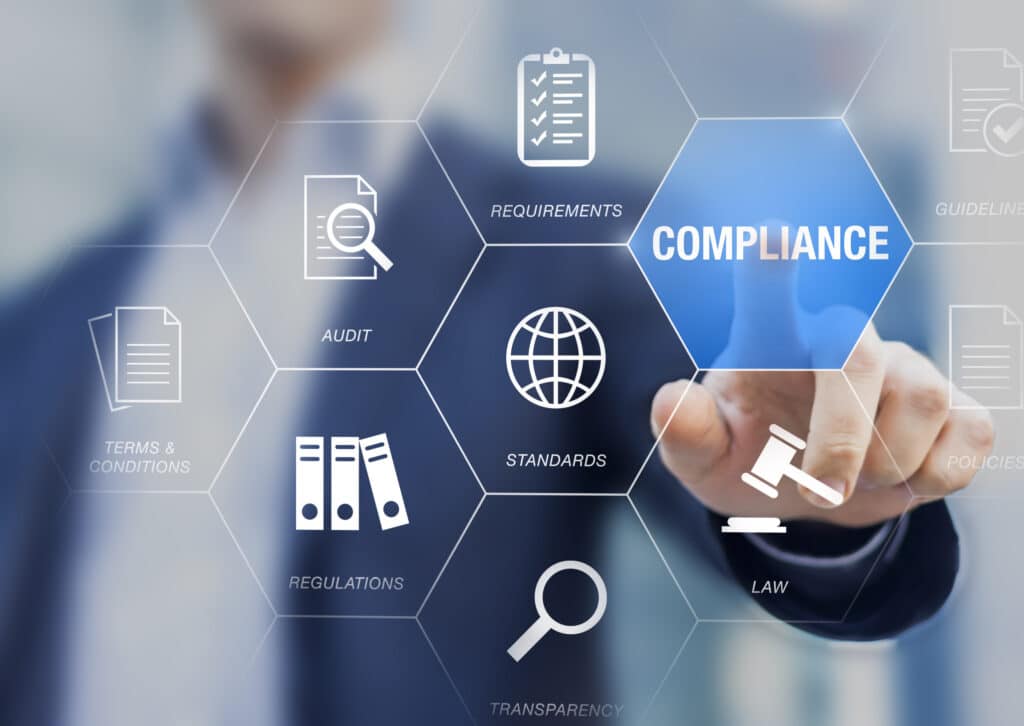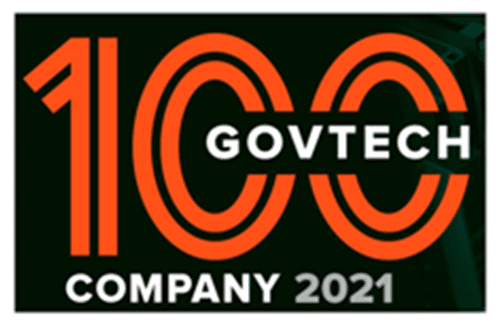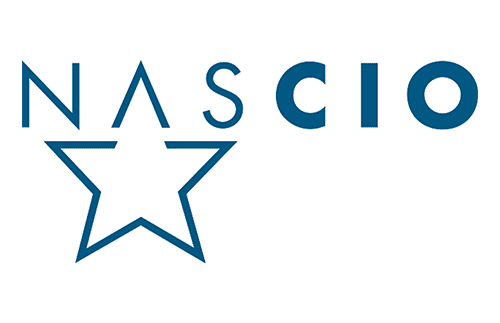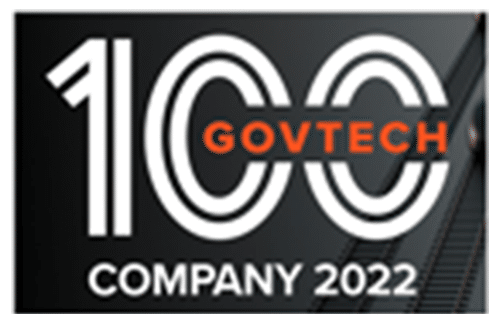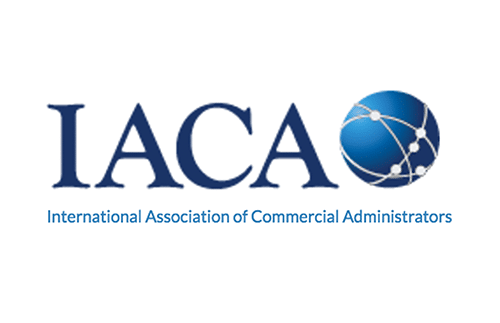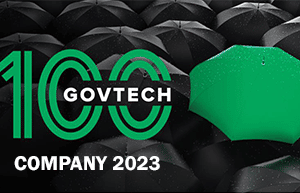When workflow automation serves as a bridge that prevents electronic forms and signatures from working in a vacuum, governments create streamlined, orderly processes with significantly fewer errors that allow them to quickly create and deliver critical services to citizens in response to changing circumstances. But at the heart of government’s inner workings—and the services they power—are the electronic documents around which digital forms, workflow automation, and eSignatures coalesce.
These documents contain the data underpinning these essential internal processes and external-facing constituent programs. They will change, sometimes drastically, as they move through their respective workflows, and they will exist well after they are finalized. Document management is the glue that binds the integrated digital form-workflow automation-signature solution—and it is the bedrock of modern, digital government.
Creating The Right Document for Your Agency’s Business
It all starts with document creation. The first order of business is selecting the right format for the new service—memo, application, request, legal document, etc.—an endeavor that prebuilt templates can expedite considerably. Next, agencies need to create the content. This involves customizing form fields to collect the exact information necessary to formulate the desired process or service, and even integrating data from other forms, workflows, and applications, if necessary.
Oftentimes that data needs to be structured with logic and rules. For example, digital forms can progressively display different follow-up questions based on answers provided in the first set of fields. Agencies can even configure them to be “backwards-compatible,” so that when users modify one field , adjustments are automatically made throughout the document to reflect those changes. Files can be routed to different departments upon completion based on the data supplied by the end user.
Moving the Document Through Workflow Automation
Once the document is finalized and put into the system, workflow automation takes over, shepherding it along to the internal and possibly external stakeholders that need to review and revise it in a systematic way. Autogenerated email alerts get sent to the first reviewer in line, who sends it to the next person up the ladder upon completion of their examination. Workflow automation ensures no one skips the line, everyone works off of the most current version, and that all parties can see where the document is in the approval process at any time.
Along the way, workflow automation fosters in-depth collaboration between stakeholders, who can ask questions of the document originator and other reviewers. A solid document management system will make it easy for individuals to input their comments, tag only the folks who need to address them, and record and reconcile all changes in a centralized place so that, again, anyone with access can be confident that they are looking at the most current version—even if the file has changed hands up to a dozen times. Sophisticated workflows will also enable agencies to grant different permissions and access rights to specific parts of each document, depending on the reviewer’s level, department, or role; information should only be retrieved by appropriate executives based on the document’s relevance or sensitivity.
The Final Version and Beyond: Documents Live Well After They Are Signed, Sealed and Delivered
Once all edits and approvals have been obtained, it’s time to sign the document. When integrated with digital forms and workflows, electronic signature collection is a considerably more dynamic process than one might think—it’s not just scrawling names into a static box. Email alerts can be sent to potential signers with tailored instructions or customized notes. Rules and permissions can similarly be applied to eSignatures; agencies can set expiration dates, require password protection, reorder names, and restrict specified personnel to “read-only” access without signature authority.
The last review is often one of the most important parts of the workflow. Before giving their final blessing, senior executives can confirm that every key stakeholder has provided their input by consulting an audit trail that tracks all changes and interaction in the order they occurred.
Once everyone has signed on the digital dotted line, final PDF versions of these documents are auto-generated with form data populated in the appropriate places according to preprogrammed workflow rules. But eSignature isn’t necessarily the document’s last stop. Final copies will reside in at least one repository and often more, where employees can search and retrieve parts of or entire files. And in the public sector, those digital storage houses must be organized and easily auditable to comply with government regulations, including data retention rules. Documents can still have value months and even years after completion, as agencies may pull particular fields or other data into new forms and workflows.
Government’s many moving parts are harmonized around documents. An integrated digital form, workflow automation, and eSignature solution empowers public entities to turn what’s in these files into the services employees and constituents need most.






